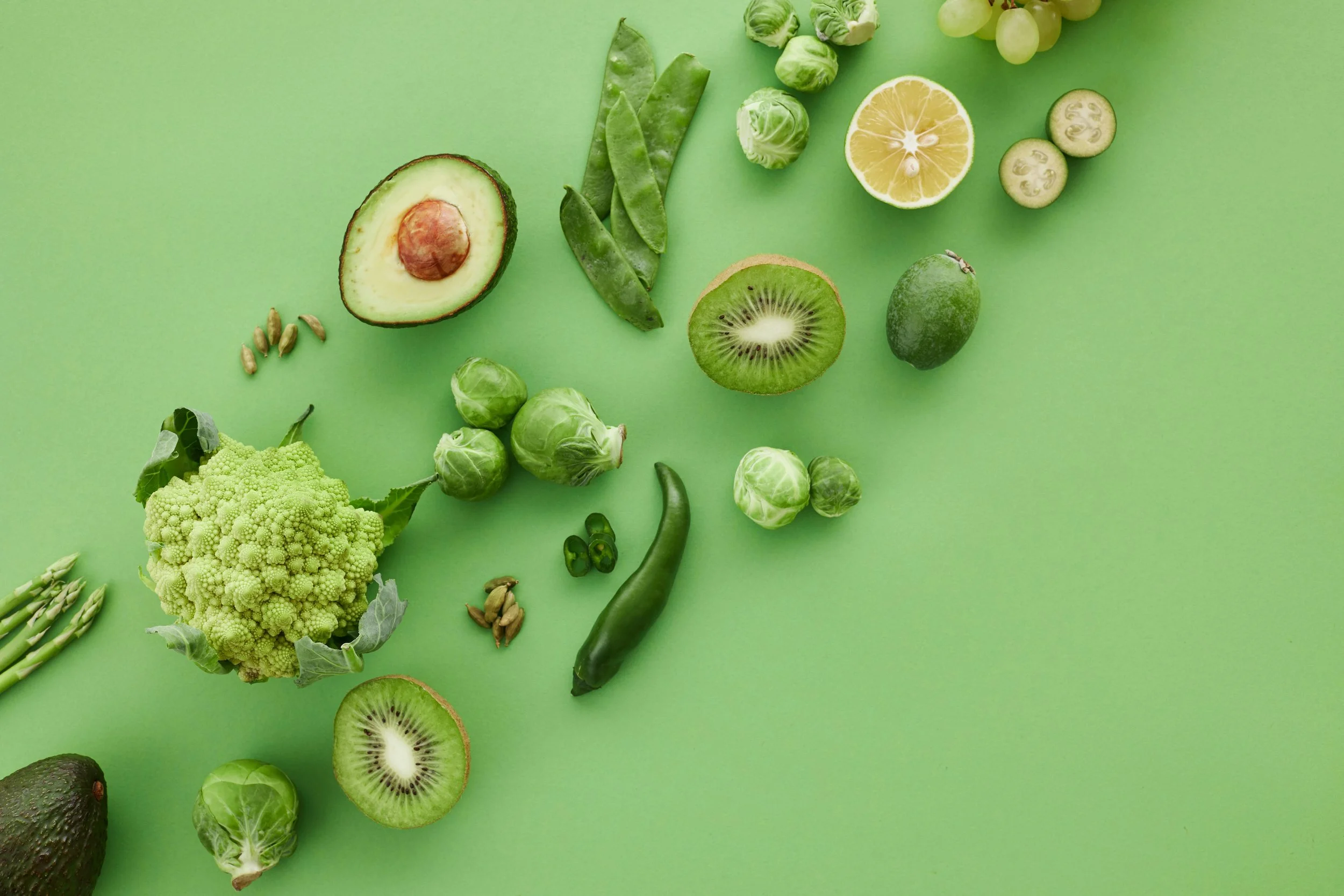This refreshing summer soup is a delicious way to celebrate juicy seasonal tomatoes.
Ingredients
- 2 pounds ripe heirloom tomatoes, roughly chopped
- 1 cucumber, seeds removed, roughly chopped
- 1 small red onion, chopped
- 1 green bell pepper, chopped
- 2 tablespoons minced garlic
- 1 jalapeño pepper, chopped
- 1 cup cubed bread (French or rustic bread)
- 2 tablespoons red wine vinegar
- 2 tablespoons lime juice
- 4 tablespoons olive oil
- 2 tablespoons chopped fresh cilantro
- Salt and black pepper to taste
Preparation
Combine all ingredients in a blender (in 2 to 3 batches, as everything will not fit into the blender at once). Blend until very smooth. Place in a bowl, stir the blended batches together and refrigerate for a few hours to allow the flavors to meld. Taste for salt and black pepper and serve chilled.
Serving Suggestion
A summer favorite, this Spanish soup makes a refreshing and simple lunch with a green salad and crusty bread or alongside a meze platter. You can sweeten the dish by adding some cubed fresh melon or strawberries. Gazpacho is best served slightly chilled, not ice cold.
Total Time: 1-3 hours; 20 minutes activeServings: 6












